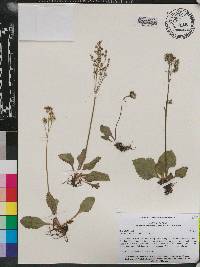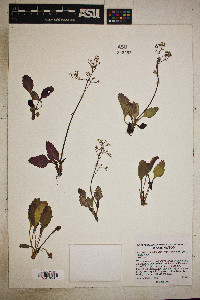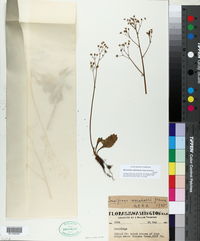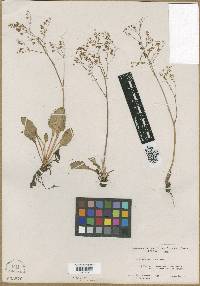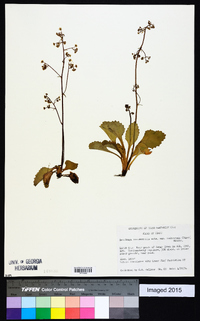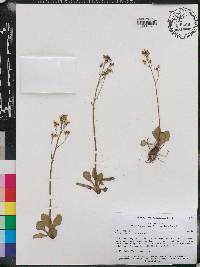
|
|
|
|
Family: Saxifragaceae
Idaho Pseudosaxifrage
[Saxifraga occidentalis var. idahoensis (Piper) C.L. Hitchc.] |
|
This project was made possible in part by the Institute of Museum and Library Services [MG-70-19-0057-19].
Powered by Symbiota

